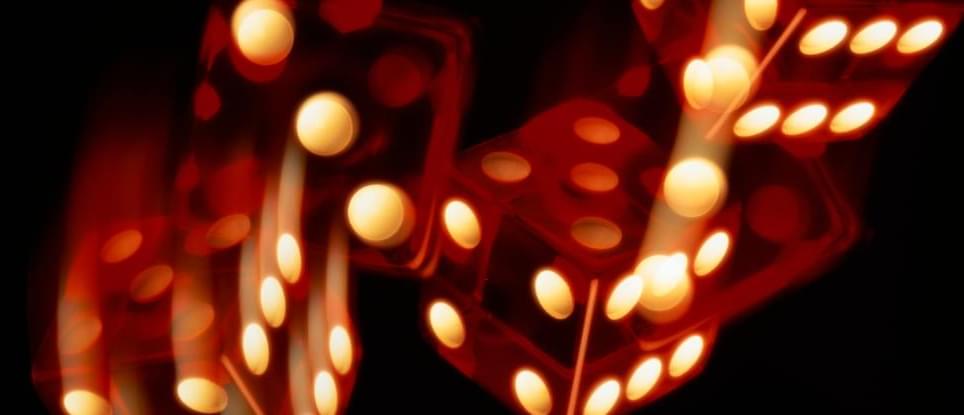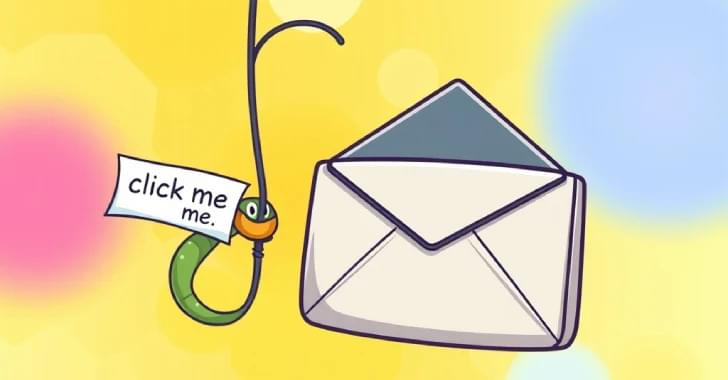Hijack Loader now uses call stack spoofing and ANTIVM modules to bypass detection and persist.





Sam’s Club, an American warehouse supermarket chain owned by U.S. retail giant Walmart, is investigating claims of a Clop ransomware breach.
The Walmart division operates over 600 warehouse clubs with millions of members across the United States and Puerto Rico and almost 200 additional locations in Mexico and China.
Sam’s Club has over 2.3 million employees and reported a total revenue of $84.3 billion for the fiscal year ending January 31, 2023.

A phishing-as-a-service (PhaaS) platform named ‘Lucid’ has been targeting 169 entities in 88 countries using well-crafted messages sent on iMessage (iOS) and RCS (Android).
Lucid, which has been operated by Chinese cybercriminals known as the ‘XinXin group’ since mid-2023, is sold to other threat actors via a subscription-based model that gives them access to over 1,000 phishing domains, tailored auto-generated phishing sites, and pro-grade spamming tools.
Prodaft researchers note that XinXin has also been using the Darcula v3 platform for its operations, which indicates a potential connection between the two PhaaS platforms.

A quantum machine has used entangled qubits to generate a number certified as truly random for the first time, demonstrating a handy function that’s physically beyond even the most powerful supercomputer.
Researchers from the US and UK repurposed existing quantum supremacy experiments on Quantinuum’s 56-qubit computer to roll God’s dice. The result was a number so random, no amount of physics could have predicted it.
Quantum technology is becoming critical for secure electronic communication as cybersecurity threats increase.

A cybersecurity incident affecting nearly half a million people has exposed personal, financial and medical information.
The mobility and assistive solutions provider Numotion says 494,000 customers are affected by a data breach witnessed between September 2nd, 2024, and November 18th, 2024, reports Security Week.
Numotion says an unknown entity managed to access the email accounts of the firm’s employees without authorization several times.

Large Language Models (LLMs) have rapidly become an integral part of our digital landscape, powering everything from chatbots to code generators. However, as these AI systems increasingly rely on proprietary, cloud-hosted models, concerns over user privacy and data security have escalated. How can we harness the power of AI without exposing sensitive data?
A recent study, “Entropy-Guided Attention for Private LLMs,” by Nandan Kumar Jha, a Ph.D. candidate at the NYU Center for Cybersecurity (CCS), and Brandon Reagen, Assistant Professor in the Department of Electrical and Computer Engineering and a member of CCS, introduces a novel approach to making AI more secure.
The paper was presented at the AAAI Workshop on Privacy-Preserving Artificial Intelligence (PPAI 25) in early March and is available on the arXiv preprint server.

More than seven years ago, cybersecurity researchers were thoroughly rattled by the discovery of Meltdown and Spectre, two major security vulnerabilities uncovered in the microprocessors found in virtually every computer on the planet.
Perhaps the scariest thing about these vulnerabilities is that they didn’t stem from typical software bugs or physical CPU problems, but from the actual processor architecture. These attacks changed our understanding of what can be trusted in a system, forcing security researchers to fundamentally reexamine where they put resources.
These attacks emerged from an optimization technique called “speculative execution” that essentially gives the processor the ability to execute multiple instructions while it waits for memory, before discarding the instructions that aren’t needed.

Cybersecurity researchers have shed light on a new phishing-as-a-service (PhaaS) platform that leverages the Domain Name System (DNS) mail exchange (MX) records to serve fake login pages that impersonate about 114 brands.
DNS intelligence firm Infoblox is tracking the actor behind the PhaaS, the phishing kit, and the related activity under the moniker Morphing Meerkat.